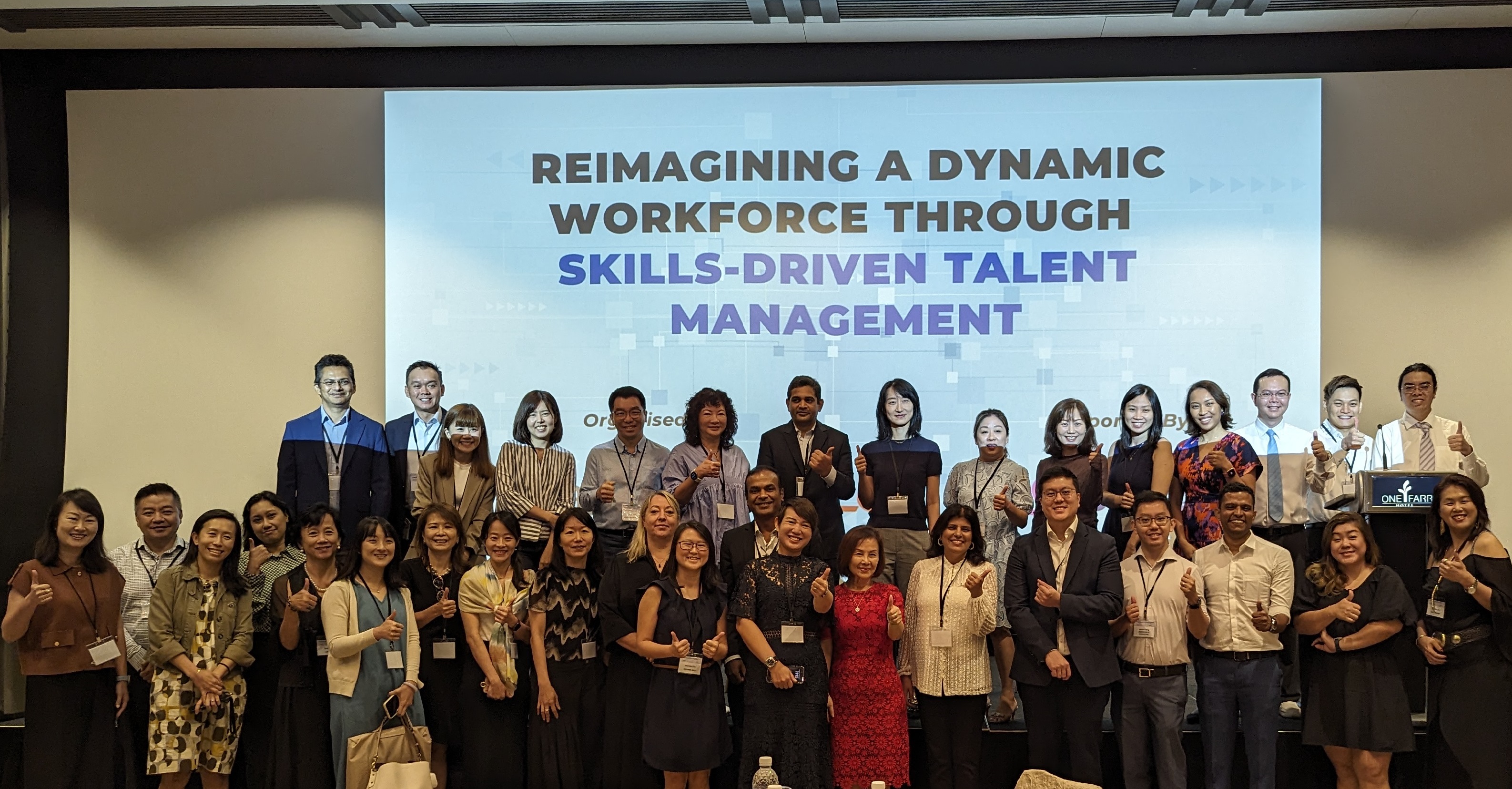A dynamic workforce through skills-driven talent management
- Champa Ha

How organisations choose to screen, interview, and employ candidates can no longer be solely based on the traditional criteria of educational credentials. In fact, with the advent of technology changing and shifting the way organisations work, the shelf life of a learned skillset is continuously reducing. When combined with the fact that careers as we know them are no longer static, the heightened demands of the job market mean individuals must commit to lifelong learning.
Thus, more organisations must continuously drive programmes which develop the skill sets of their employees, said Rachna Sampayo, Senior Vice President Human Resources, Asia Pacific & Japan, Oracle, who was speaking at a recent roundtable event HRM Asia organised in conjunction with Oracle and Workforce Singapore.
In her opening remarks, Sampayo talked about the mercurial way that workforce trends change and organisations similarly must be agile and quick enough to adapt. “No longer can you think about developing a training plan at the beginning of the year. You have to change now and review what you have designed and ask: is it still working?” she asked. With the organisational needs changing continuously, organisations have taken to using trial and error as the way to go as a strategy, with regular quarterly check-ins to understand and see if it is keeping pace with what is happening in the market.
Sampayo highlighted some things that organisations must ask themselves to move forward: Firstly, does the organisation know what skills are needed now and for the future? Next, does the organisation know what critical skills are needed, as well as the skill gaps that need to be rectified? Then, when they have identified the skills and capabilities needed, is the organisation able to keep a pipeline of talent with these skills and capabilities, and how would the organisation know they are sourcing for the right talent? Lastly, how can any organisation better align talent for business needs?
Thus it then becomes imperative for organisations to keep looking to understand and retrain employees, including working with third-party organisations which can help employees understand how their career journey can evolve within organisations or even outside of it.
This was what Rayner Yang, Manager, Workforce Singapore, wanted to explore, delving into the Jobs Transformation Maps that Workforce Singapore developed with help from governmental agencies and the industry and how it helps to redesign jobs and skills for growth and value creation. Yang shared the importance of reskilling and job transformation for employees, emphasising the importance of enabling Singaporeans to meet their career aspirations and keep quality jobs at different stages of life while keeping enterprises competitive.
Yang urged organisations to better understand the kind of services Workforce Singapore offers, and encouraged them to support new employees or reskill existing ones through training so they can become skilled through job training and career conversion programmes.
But what are some strategies that could help employees and in turn organisations embrace a skills-driven direction? Apanel to discuss the idea of talent management through the strategy of skills-driven direction, entitled, Reimagining a dynamic workforce through skills-driven talent management sought to explore just that.
Featuring panellists Pradeep Kizhil, Senior Director & Talent Advisor, Asia-Pacific & Japan, Oracle; Greg Baptist, Principal Organisation Development Consultant, Oracle; Yeo Zhihan, Director, Chapters & Strategic Programmes, SGTech; and Emil Tan, Chief Community Officer, Red Alpha Cybersecurity, and moderated by Ho Geok Choo, Chief Executive Officer, Human Capital Singapore, the panel discussed how organisations should look to source for talent that might be seeking to change sectors mid-career, especially with regards to the skills they have and developing a growth mindset.
Yeo, who shared his background of moving from a career in the public sector to his current job, used the metaphor of two banks of a river, with either side the different types of careers that employees can cross over to. Yeo suggested that employees have to identify where the narrowest points of the river were to transfer over, which means identifying where some of the more common and transferrable skills are and making the shift.
READ MORE: Unlocking your workforce’s potential in a changing world
This was something agreed by Kizhil, who shared his experience of how candidates with backgrounds they studied in switched up their careers to go into something completely different at Oracle. “How does it fit?” he asked. “It’s all about the aptitude of the individual and how they approach the matter and their pre-defined skills.”






